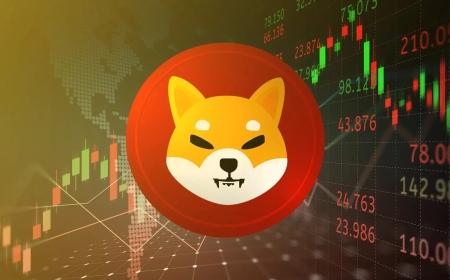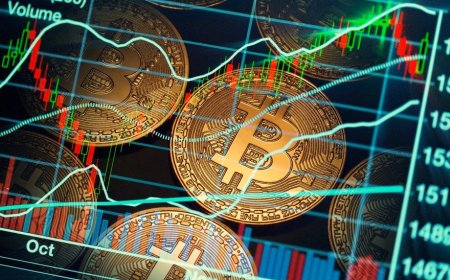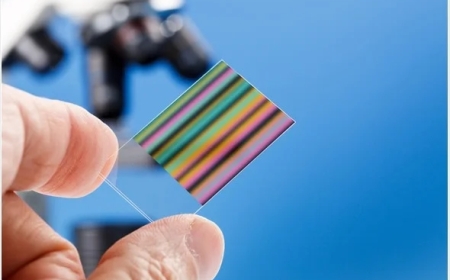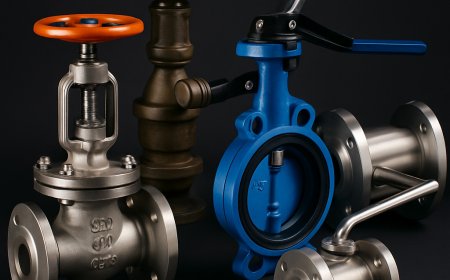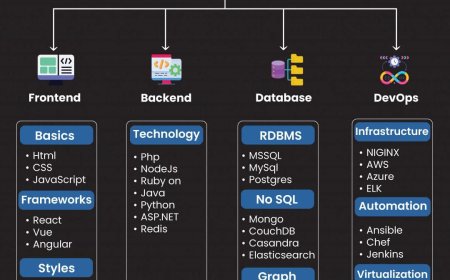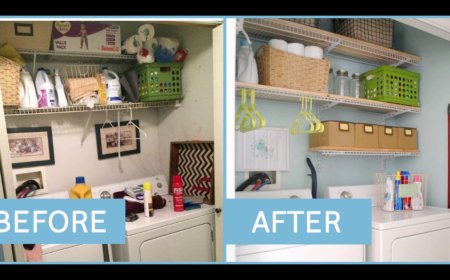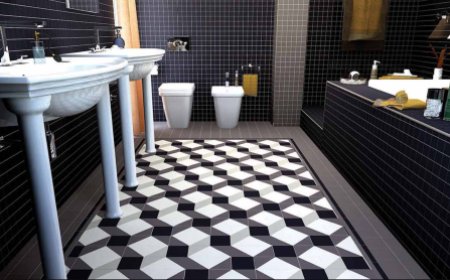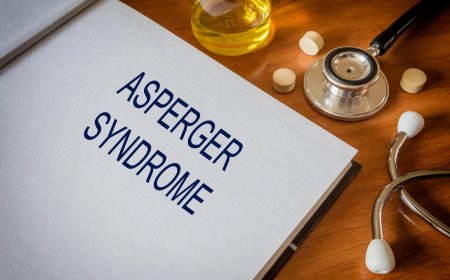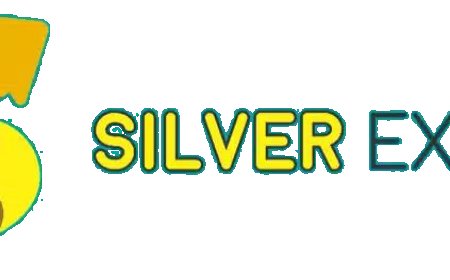Deodorization System Market Size, Trends, and Growth Analysis 2025-2032
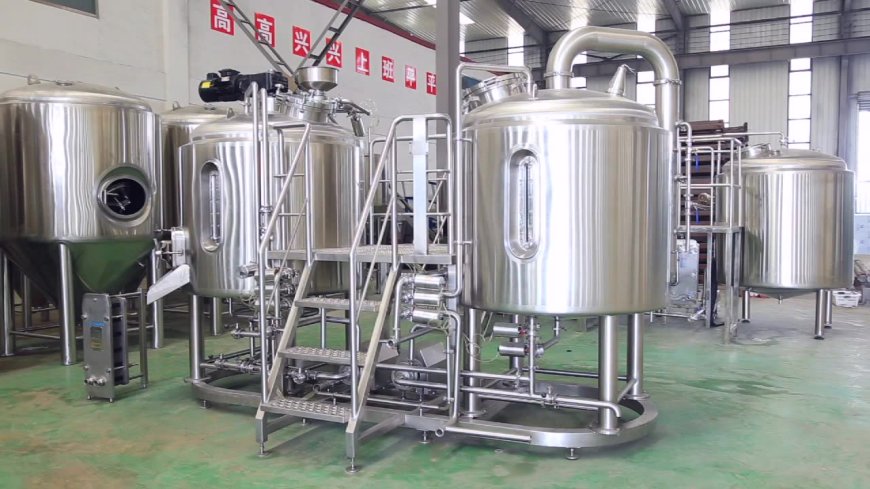
The deodorization system market is witnessing significant transformations driven by increasing industrial applications and stringent environmental regulations. As industries across manufacturing and processing sectors intensify odor control measures, this markets growth trajectory reflects both rising demand and technological advancements aligned with sustainability trends.
Market Size and Overview
The Global Deodorization System Market is estimated to be valued at USD 4.60 bn in 2025 and is expected to reach USD 7.39 bn by 2032, growing at a compound annual growth rate (CAGR) of 7.00% from 2025 to 2032.
This positive market forecast is propelled by the expanding use of Deodorization System Market technologies in wastewater treatment, chemical processing, and food industries, where odorous emissions pose compliance and operational challenges. Enhanced market insights reveal that rising awareness around environmental safety and worker health continues to drive investments in sophisticated deodorization systems.
Market Segments
The deodorization system market segments primarily include by technology, application, and end-user industry.
- Technology Segment: Includes biofiltration, activated carbon adsorption, chemical scrubbing, and thermal oxidation. Activated carbon adsorption dominates due to its high efficiency and relatively low operational costs, whereas biofiltration is the fastest-growing segment, driven by increased adoption in wastewater treatment plants from 2024 onwards.
- Application Segment: Categorizes into industrial wastewater, chemical manufacturing, food processing, and waste management. Industrial wastewater treatment leads adoption, supported by stricter odor emission norms globally, while food processing shows rapid growth, especially in meat and dairy sectors, responding to rising consumer and regulatory pressure.
- End-User Industry Segment: Covers oil & gas, pharmaceuticals, pulp & paper, and municipal sectors. Oil & gas remains dominant due to its large-scale emission challenges, whereas pharmaceuticals exhibit the fastest growth rate with increasing focus on odor control in production and R&D facilities backed by case data from 2024 projects.
Market Drivers
One of the key market drivers is the enforcement of stringent environmental policies globally, such as the U.S. EPA's tightened emission caps introduced in early 2024. These policies have compelled industries to upgrade or retrofit deodorization systems.
For instance, new regulations targeting volatile organic compounds (VOCs) and odor-causing gases have made advanced deodorization systems imperative, reflected in a 12% increase in market revenue for activated carbon technologies in 2024 alone. Such market dynamics not only stimulate growth but also open unexplored market opportunities, sustaining long-term business growth.
Segment Analysis: Technology
Focusing on the technology segment, activated carbon adsorption remains the dominant sub-segment in 2025 with over USD 1.8 billion market revenue, attributed to its wide applicability and effectiveness in removing sulfur compounds and ammonia-based odors. Biofiltration is the fastest-growing technology, driven by increased adoption in municipal wastewater treatment facilities across Europe and Asia, reported with a revenue growth of 15% in 2024.
The scalability and eco-friendly nature of biofilters have enhanced their appeal among market companies focusing on sustainable solutions. Insights from recent case studies highlight successful installation in municipal projects in Germany, further propelling this segment's growth trajectory.
Consumer Behaviour Insights
Recent consumer behavior analyses in 20242025 reveal three distinct patterns influencing the deodorization system market. Firstly, there is a growing preference for eco-friendly technologies, with 68% of surveyed industrial buyers prioritizing sustainability features at the procurement stage. Secondly, customization of deodorization systems tailored to specific industrial emission profiles has become critical, as 55% of responders indicated willingness to invest in bespoke solutions over standard models.
Lastly, end users are demonstrating heightened price sensitivity due to budget constraints post-pandemic, which has led to increased demand for cost-efficient, modular systems that balance performance with affordability. These market insights underline evolving purchasing patterns affecting market growth strategies.
Key Players
Key players in the deodorization system market include Desmet Ballestra, Gianazza International S.p.A., Crown Iron Works, Alfa Laval AB, and Zhengzhou Sunshine Machinery Co. Inc., among others.
Market companies have pursued various growth strategies in 20242025 such as product innovation and geographic market entries. For example, Alfa Laval expanded its capacity in Southeast Asia to serve rising wastewater treatment demand, yielding a 10% regional revenue increase in 2025. Desmet Ballestra introduced a next-gen activated carbon adsorption system with higher efficiency and lower maintenance costs, impacting market trends positively by setting new performance benchmarks.
Key Winning Strategies Adopted by Key Players
Among impactful growth strategies, Desmet Ballestras 2025 adoption of AI-integrated monitoring in deodorization systems stands out, enabling predictive maintenance and improving uptime by 18%. Similarly, Gianazza Internationals strategic partnership with environmental tech startups facilitates faster development of biofiltration enhancements tailored to niche applications, resulting in expedited deployment timelines.
Lastly, Crown Iron Works implementation of modular, scalable deodorization units has allowed rapid customization for varying industrial capacities, enhancing customer satisfaction and retention. These strategies, uncommon yet highly effective, offer valuable lessons for market players aiming to capture emerging market opportunities and sustain business growth.
Frequently Asked Questions (FAQs)
1. Who are the dominant players in the deodorization system market?
Dominant players include Desmet Ballestra, Gianazza International S.p.A., Crown Iron Works, Alfa Laval AB, and Zhengzhou Sunshine Machinery Co. Inc. These companies drive innovation and expand capacity to meet rising market demands.
2. What will be the size of the deodorization system market in the coming years?
The deodorization system market size is projected to reach approximately USD 7.39 billion by 2032, growing at a CAGR of 7.0% from 2025 to 2032.
3. Which end user industry has the largest growth opportunity?
The pharmaceuticals sector exhibits the largest growth opportunity, benefiting from stringent odor control requisites and increased adoption of advanced deodorization technologies.
4. How will market development trends evolve over the next five years?
Trends such as increased adoption of biofiltration, AI-driven system monitoring, and modular deodorization units are expected to accelerate market growth, supported by stricter environmental regulations.
5. What is the nature of the competitive landscape and challenges in the deodorization system market?
Competition is intensifying with players focusing on innovation and regional expansion. Challenges include high upfront costs and customization complexities to meet diverse industrial needs.
6. What go-to-market strategies are commonly adopted in the deodorization system market?
Strategies include forging technology partnerships, expanding manufacturing facilities regionally, and developing AI-enabled and modular product offerings to cater to evolving client demands efficiently.
? Get more insights on :Deodorization System Market
? Get this Report in Japanese Language: ????????
? Get this Report in Korean Language: ???????
Author Bio:
Money Singh is a seasoned content writer with over four years of experience in the market research sector. Her expertise spans various industries, including food and beverages, biotechnology, chemical and materials, defense and aerospace, consumer goods, etc. (https://www.linkedin.com/in/money-singh-590844163)
